Written by Lorrie Reynolds
Categories
Keep Your Agility Dog Safer and Reduce Your Course Time
At almost every seminar, I have one student who sets their dog up three feet away from the first jump in an exercise. I understand WHY they do it – people who don’t have independent obstacle performance are afraid that their dog will go around the jump. Occasionally it is because they only have a 10-foot stay, and they want to get as far ahead of the jump as possible.
Why Agility Dogs Need Room on the First Obstacle
Often, the dog ends up knocking the bar (or breaking their stay anyway), so I end up telling this story:
A long time ago, a friend of mine set up an experiment. He had eight agility dogs of various sizes and abilities, and he wanted to see if the distance he set them up from the first jump made a difference in course time. He had access to electronic timing equipment and room to set up a full course.
Each dog ran the sequence two times. On one round, he set them up one stride from the first jump. On the other round, he set them up further back, at least two strides away. He varied whether the dog was set up close on round one or round two so that he eliminated the chance that they just ran the second round faster.
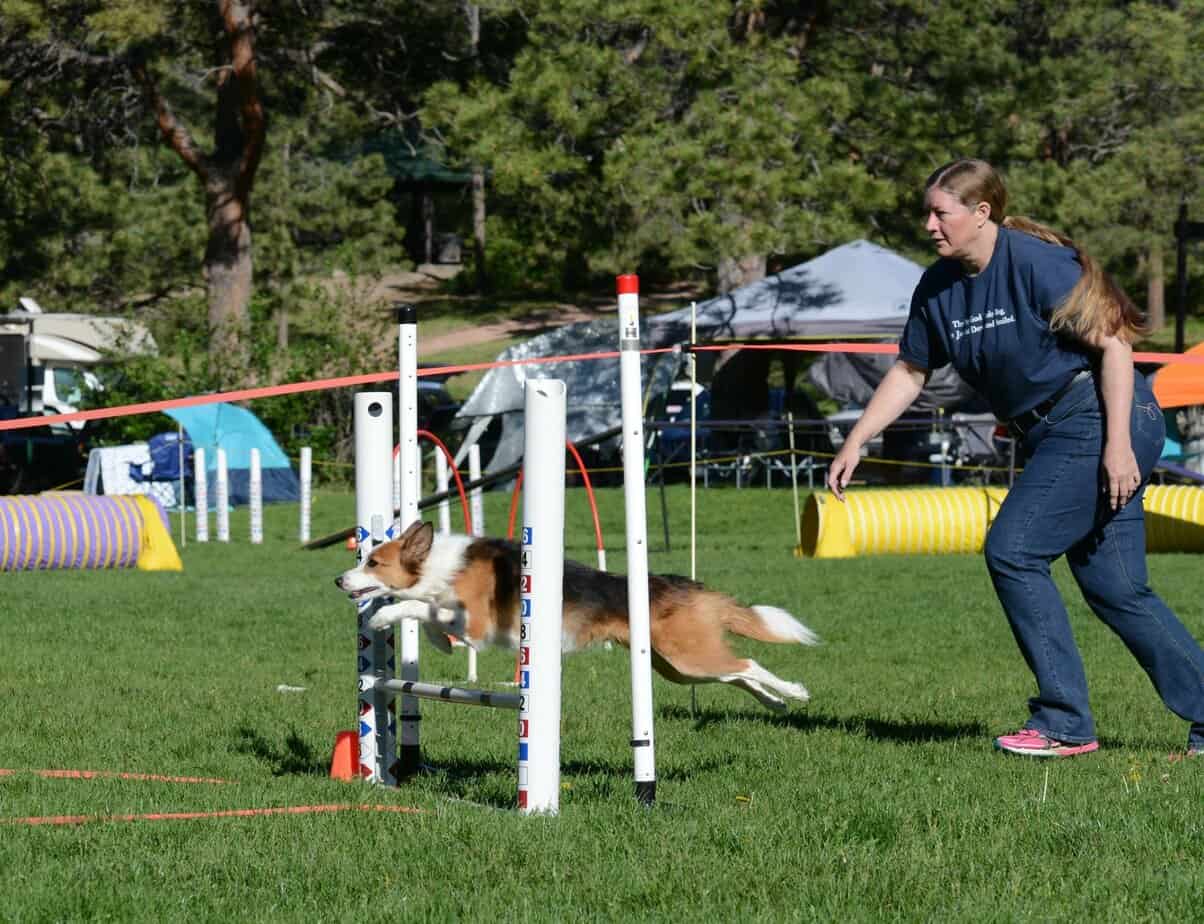
The Results
What he discovered was astounding. By setting the dog up further back, and having them at full speed before they took the first jump (and tripped the timer), they ran the course at least two seconds faster. Every single one of the eight dogs kept the first jump up and had a better time when they had room before the start.
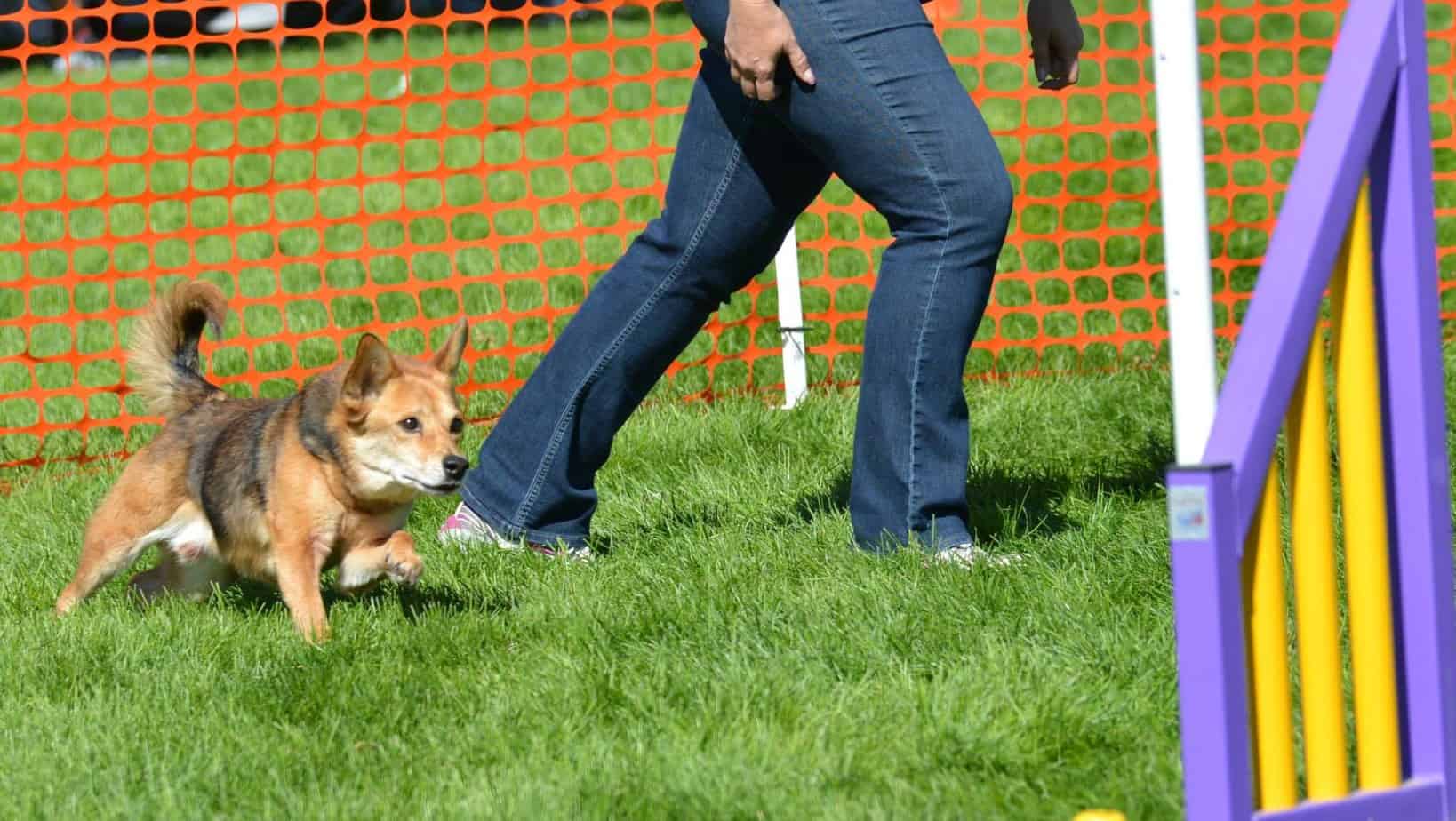
At that time, NADAC standards for speed were tighter, and two seconds on a jumpers course was an eternity. Students who were over time by just a second or two and followed my advice were able to start qualifying with just this one small change. People who had dogs that knocked the first bar were able to eliminate that fault by giving them room to adequately judge and take off for the jump. It’s a great example of how changing one small thing can make a world of difference.
Today’s Tip for Your Agility Run
Whether training an agility sequence, or running at a trial, set the dog up at least two strides back from the first obstacle. That distance gives them time to get up to speed and perform the obstacle safely and will shave a couple of seconds off your course time.
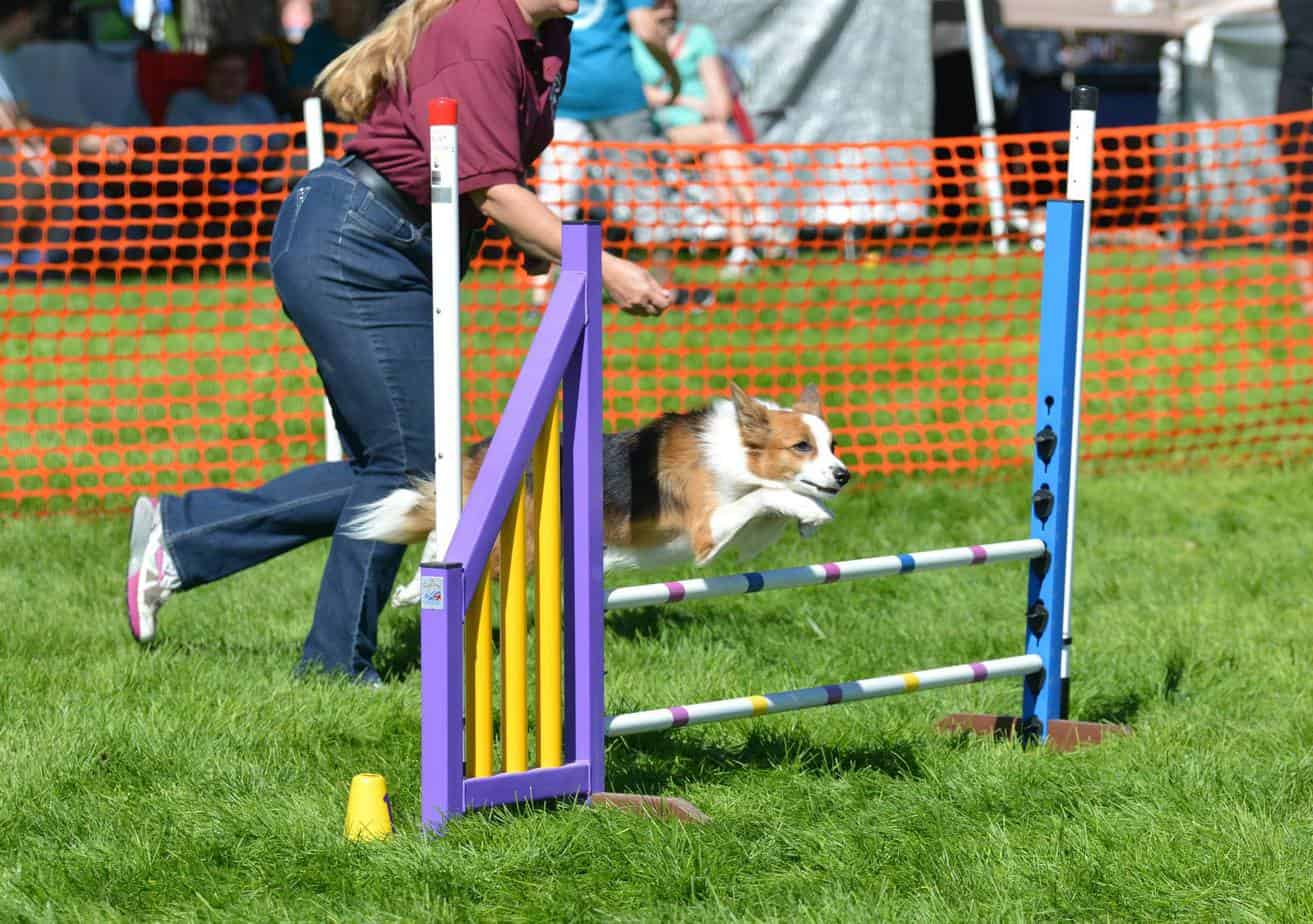
My mission is to inspire people not only to create fantastic relationships with their dogs and have fun during training, but also to understand the foundation principles of dog training so they can become better trainers.
You Might Also Like…
Five Ways to Crush It at Your Next Dog Agility Seminar
Going to a dog agility training seminar? Check out these five tips to maximize your return on investment!
Read This Before Deciding on Your Agility Dog’s Contact Performance
Which contact performance, running or stopped, is right for your team? The answer might surprise you.
Is Your Agility Dog a Pinto or a Ferrari?
If you’ve moved up from a slow or moderately-fast agility dog to a speed racer, here’s some advice to make your life easier.
Get tips, stories, discounts, and early notification of events and new courses delivered straight to your inbox! Join the community!
Cover photo: Copyright 2006 Great Dane Photos. Used with permission.
Remaining photos: Courtesy of Dog Agility Photos for Fun
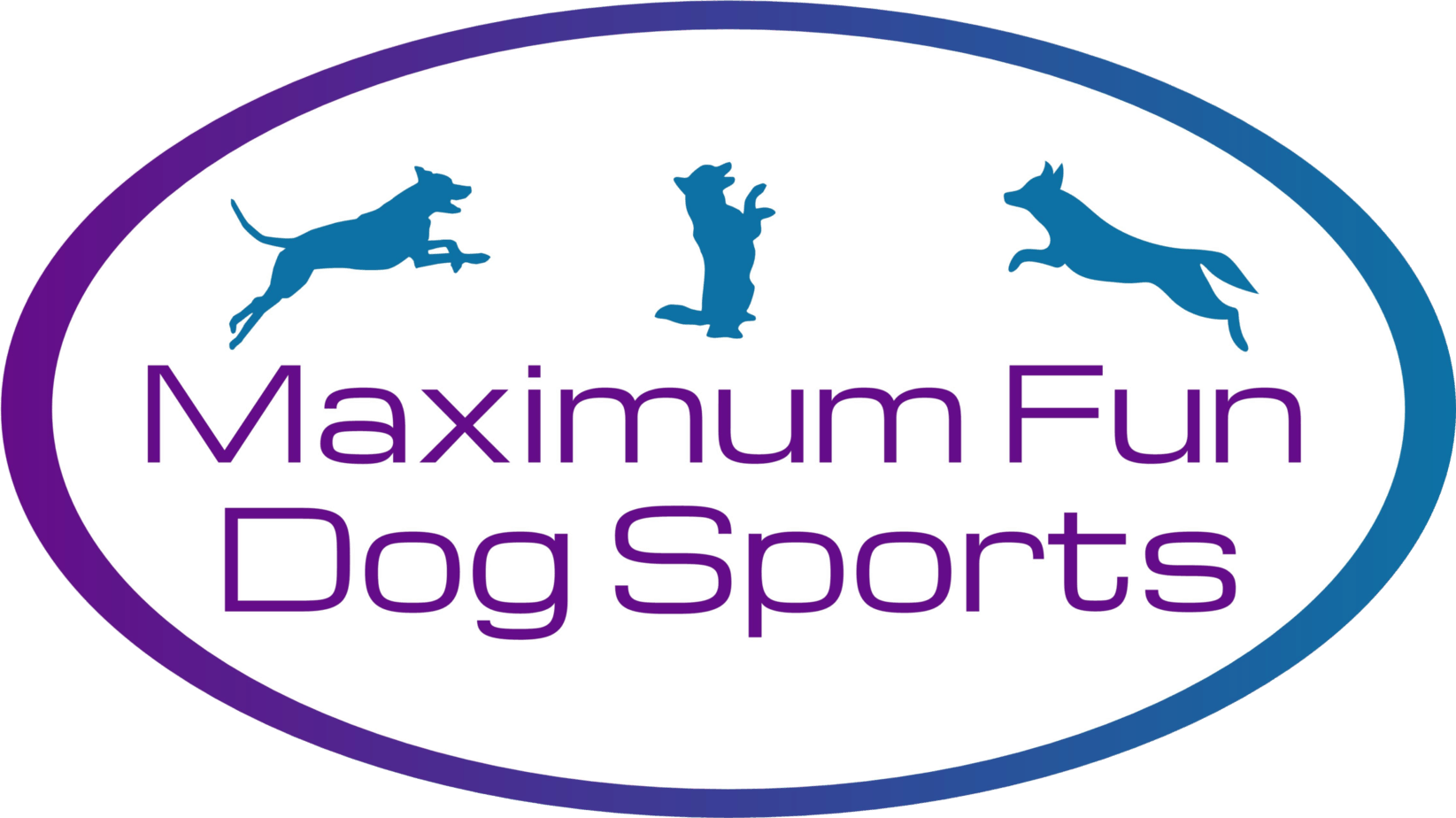
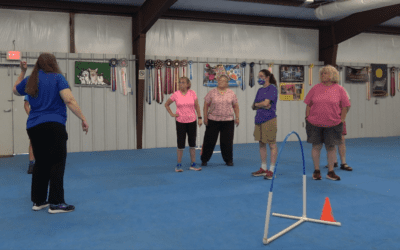
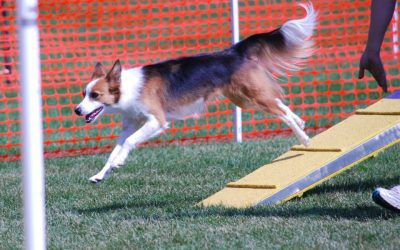
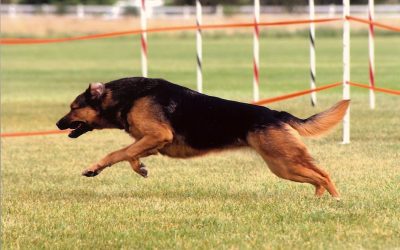
0 Comments